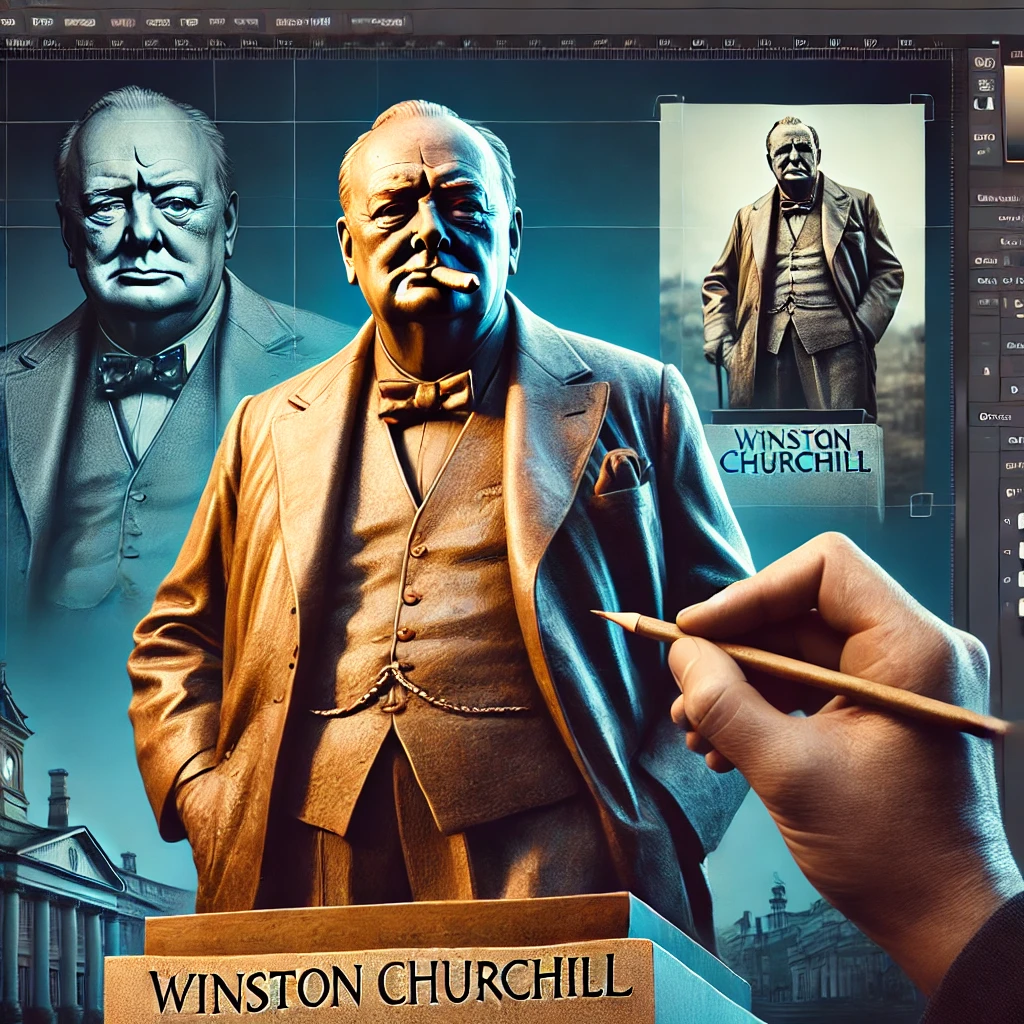The Art of Persuasion

Objectives
- Understand the techniques of persuasive speaking.
- Apply persuasive techniques in a speech.
Developing Persuasive Techniques in Speech
Persuasive communication is a vital skill, particularly in public speaking. Understanding and using persuasive techniques can significantly enhance the impact of one’s speech. You’ll learn three key persuasive techniques: the use of emotions, storytelling, and rhetorical questions
Use of Emotions
- Explanation: Emotions can powerfully influence an audience’s reaction. Speakers can evoke specific feelings such as empathy, anger, joy, or fear to persuade the audience towards a particular view or action.
- Technique: Use vivid language and personal anecdotes to connect emotionally with the audience. This involves painting a picture that the audience can feel and relate to.
- Example: Martin Luther King Jr.’s “I Have a Dream” speech is a profound example of using emotional appeal. King invokes a sense of injustice and hope to inspire his audience towards racial equality. His phrase, “I have a dream,” repeated emphatically, stirs a vision of a better future, appealing to universal desires for freedom and fairness.
Storytelling
- Explanation: Storytelling is a powerful method to convey messages in a relatable and memorable manner. A well-told story can transport listeners to the scene and effectively illustrate complex issues through simple narratives.
- Technique: Integrate personal stories or historical anecdotes that exemplify your main points. Ensure that these stories have a clear connection to your overall message.
- Example: In Steve Jobs’ Stanford commencement address, he uses three personal stories to impart crucial life lessons. The narrative about connecting the dots of his life encapsulates his message of looking backward to move forward, resonating deeply with his audience.
Rhetorical Questions
- Explanation: Rhetorical questions are questions asked for effect with no answer expected. By prompting reflection, these questions can guide listeners to agree with the speaker’s point of view.
- Technique: Pose questions that highlight the absurdity of the contrary position or that reinforce the logic of your argument. These should be crafted to provoke thought and draw listeners into a state of agreement.
- Example: Winston Churchill’s speech “We Shall Fight on the Beaches” masterfully uses rhetorical questions to reinforce his resolve and encourage national unity. Questions like “You ask, what is our policy?” are immediately answered with a clear, compelling response, emphasizing determination and resilience.


Learning activities
Persuasive Techniques Workshop (30 minutes):

Develop a Persuasive Speech (30 minutes)

Speech Competition (30 minutes)

Continue practicing your public speaking skills and consider joining or forming a debate club to further enhance your abilities.
